On-demand CNC milling services for prototypes and production parts. High precision CNC milling up to 0.008 mm. Milled parts ready in as fast as 7 day. Get an instant CNC quote today.
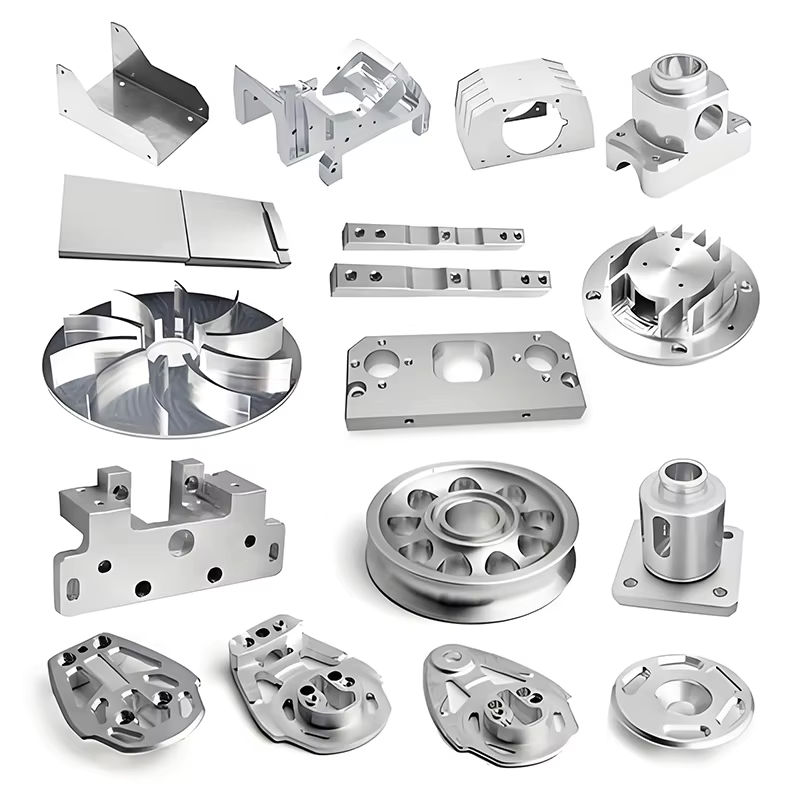
From 3-axis basics to intricate 5-axis projects, our precision CNC milling makes your designs come alive with unmatched accuracy and craftsmanship.
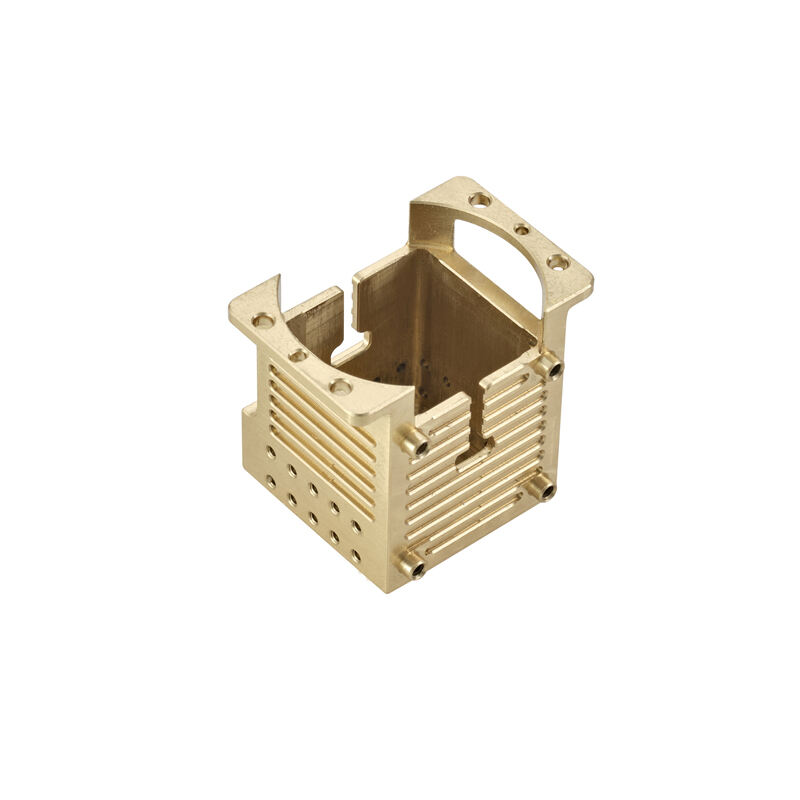
With 3-axis CNC milling, precision meets affordability. It’s your go-to for simple parts that still demand accuracy.
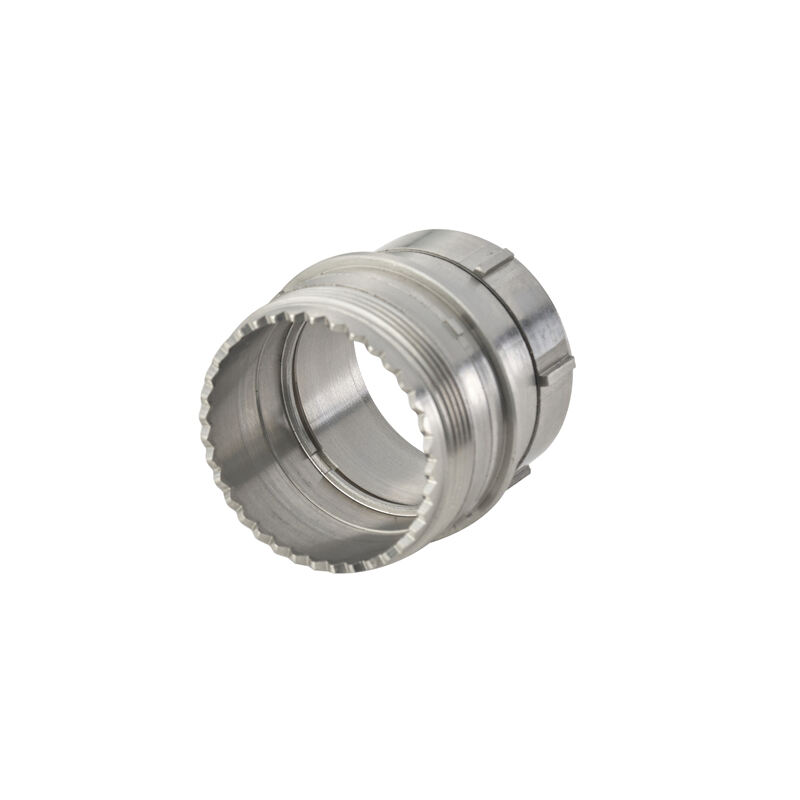
Think of a design, and 4-axis milling can probably make it. Multi-sided machining just got a whole lot simpler.
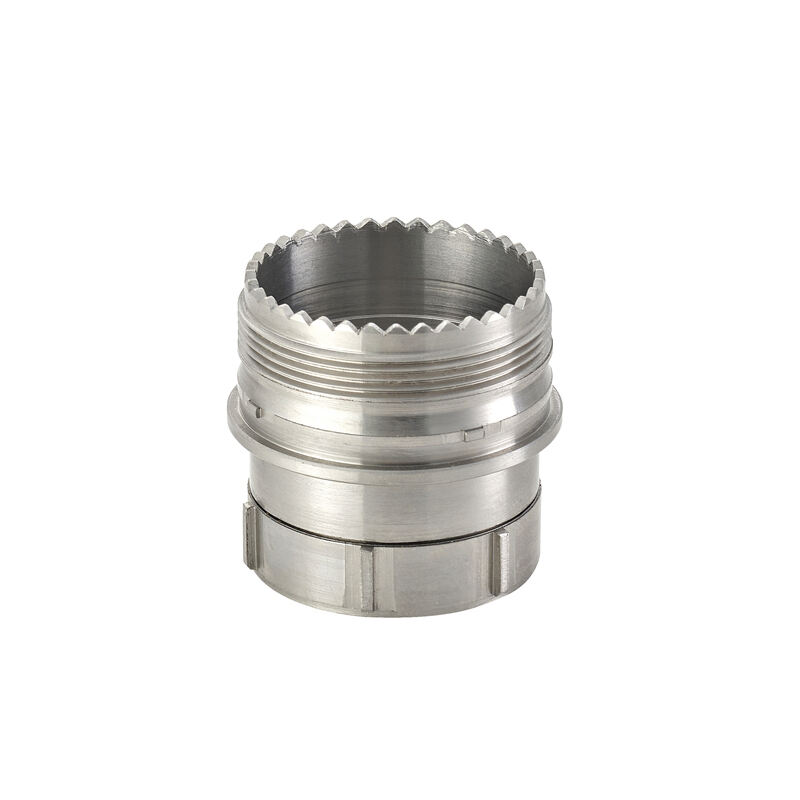
For those complex and intricate parts, 5-axis milling is the master key. Bring your most ambitious designs to life.
Gain access to quality surface finishing for custom CNC milled parts to remove aesthetic flaws and improve the appearance of your products. We also provide rigid protection and additional resistance and strength to your parts through superior surface finishes.
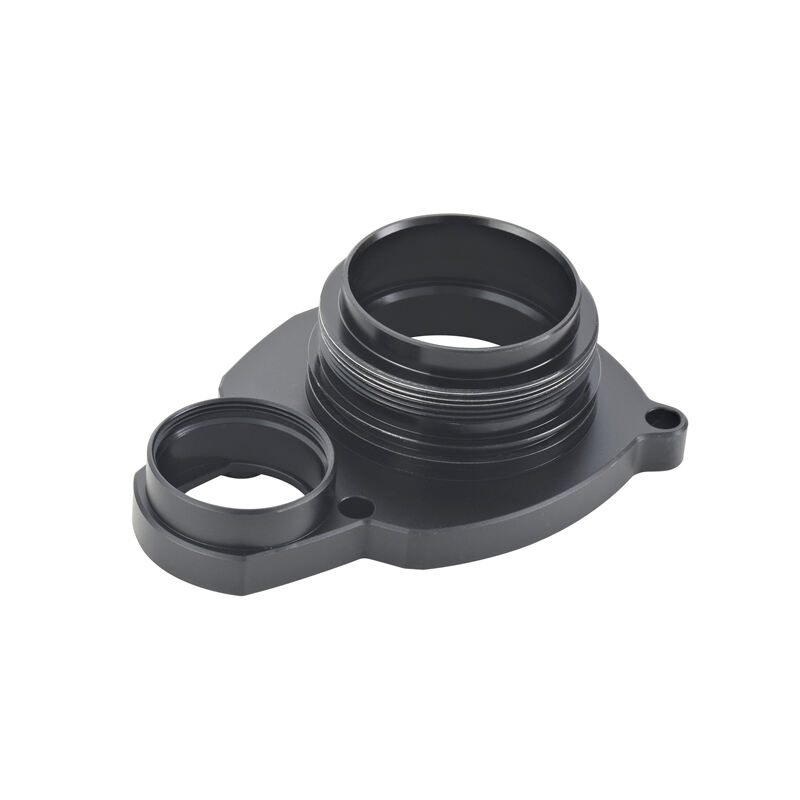
As machined finish leaves the surface straight from the CNC machine, providing a cost-effective option with tool marks.

Anodizing increases corrosion resistance and wear properties, while allowing for color dyeing, ideal for aluminum parts.
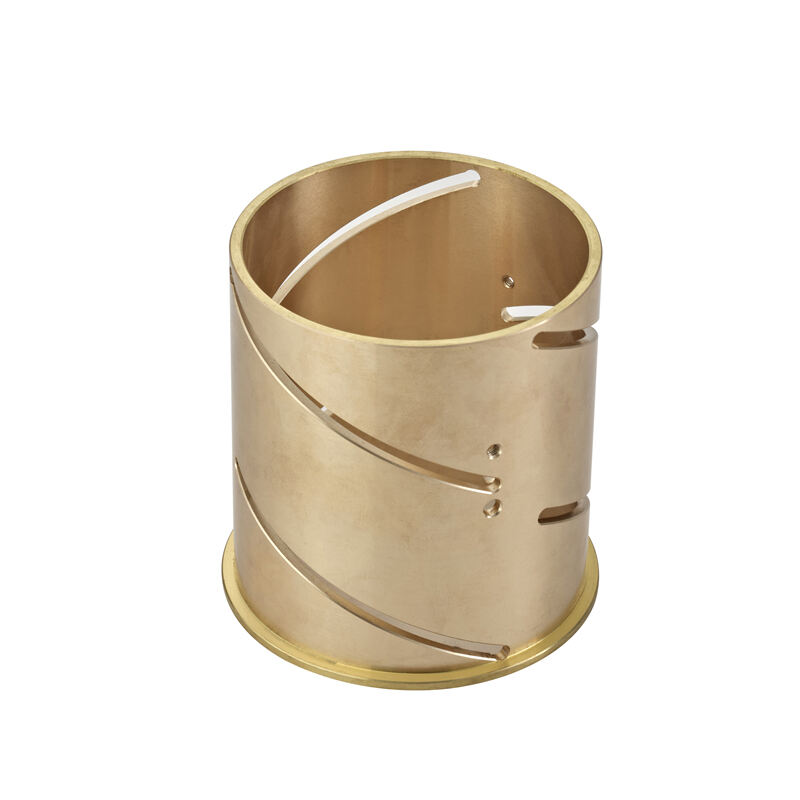
Polishing achieves a high gloss finish, reducing surface roughness and enhancing the aesthetic appeal of metals.
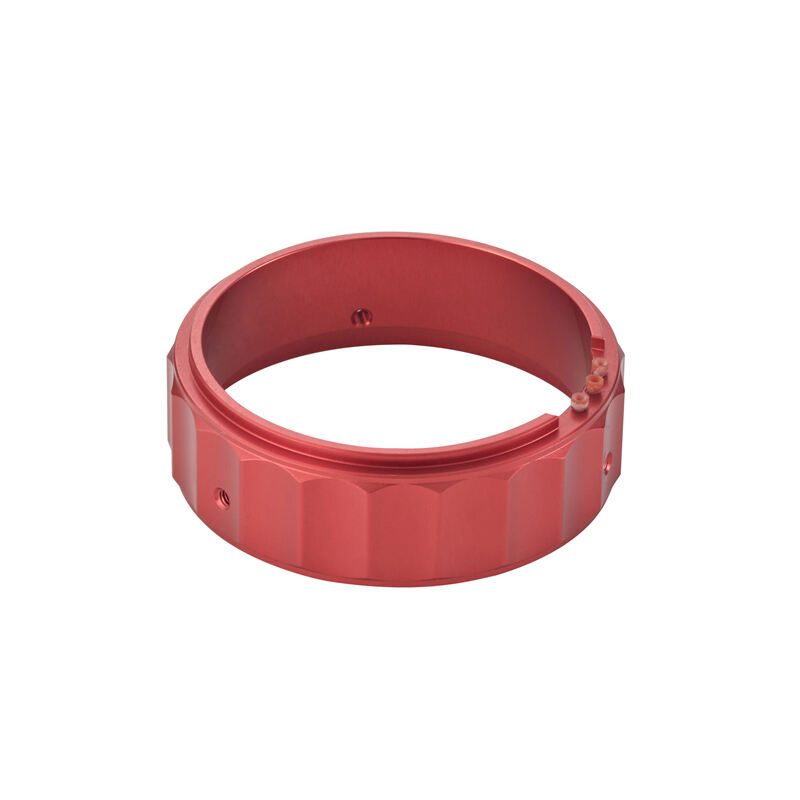
Sand blasting uses pressurized sand or other media to clean and texture the surface, creating a uniform, matte finish.

Tumbling smooths and polishes small parts by friction and abrasion in a barrel, offering a consistent but slightly textured finish.

Electropolish is a chemical process that smooths and brightens surfaces while improving corrosion resistance.

Alodine coating provides corrosion protection and improves paint adhesion, mainly used on aluminum surfaces.

Heat treatment alters the mechanical properties of metal to increase its hardness, strength, or ductility.
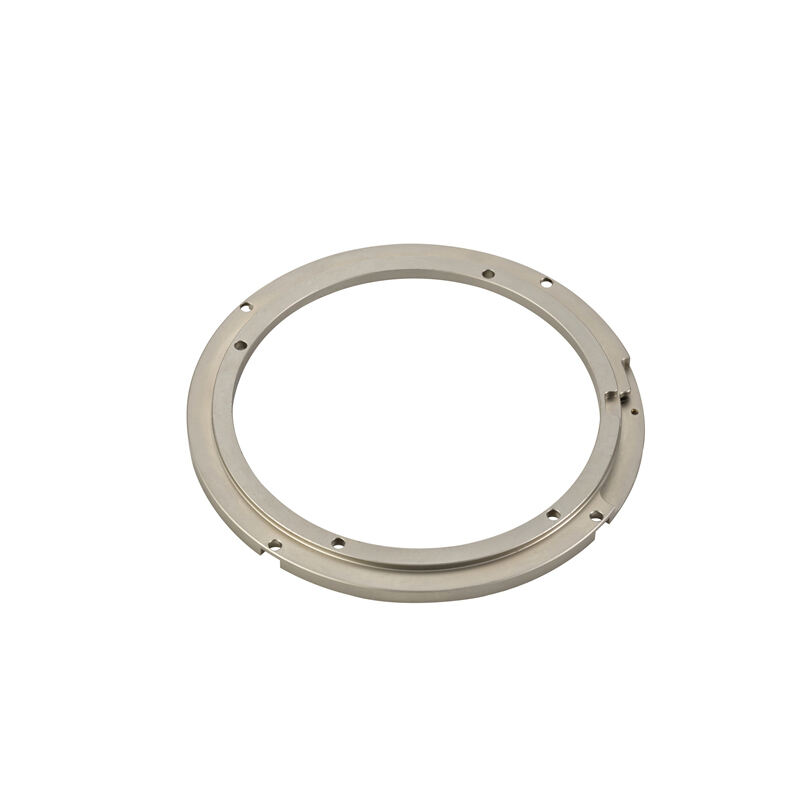
A brushed finish creates a unidirectional satin texture, reducing the visibility of marks and scratches on the surface.
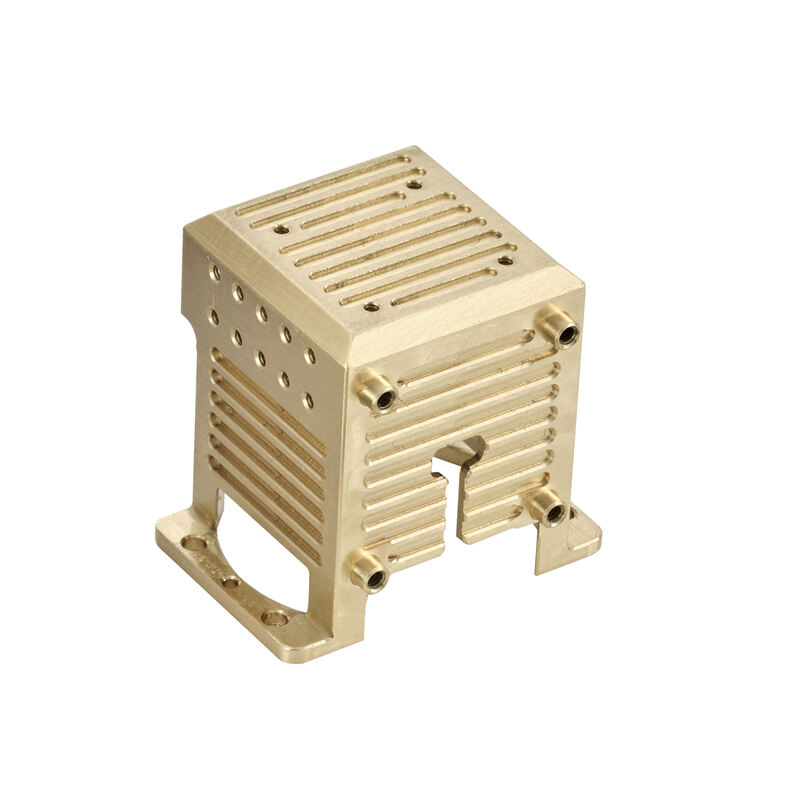
Powder coating applies a thick, wear-resistant layer with excellent color and texture options, suitable for a variety of surfaces.

Electroplating bonds a thin metal layer onto parts, improving wear resistance, corrosion resistance, and surface conductivity.

Black oxidize is a conversion coating for ferrous metals that improves corrosion resistance and minimizes light reflection.
| 3-Axis | 4-Axis | 5-Axis | |
| Maximum Part Size | 1000x500x500mm | 1000x500x500 mm | 4000x1500x600 mm |
| Minimum Part Size | 5x5x5mm | 5x5x5mm | 5x5x5mm |
| General Tolerances | ±0.1 mm | ±0.1 mm | ±0.05 mm |
| Lead Time | Delivery of simple parts can be as fast as 1day. | 5 bussiness days for most projects. | 5 bussiness days for most projects. |
| Recommended Size | |
| Radii | Internal radii should be at least 1/3 of the cavity depth.Use larger radi whenever possible. |
| Threads and Tapped Holes | Diameter p 1.5-5 mm, depth: 3 times the diameter Diameter φ 5 mm or larger, depth: 4-6 times the diameter. Yinchen can produce threads of any specification and size as required by the customer |
| Minumum Wall Thickness | For metals: 0.8 mm; For plastics: 1.5 mm. Thicker walls ensure better structural integrity |
| Text | CNC Miling: Minimum width of 0.5 mm and depth of 0.1 mm. Yinchen can create standard text via CNC engraving or laser engraving as per customer requirements |
| Holes | Minimum diameter of 1 mm. Hole depth should not exceed 4 times the diameter for best results |